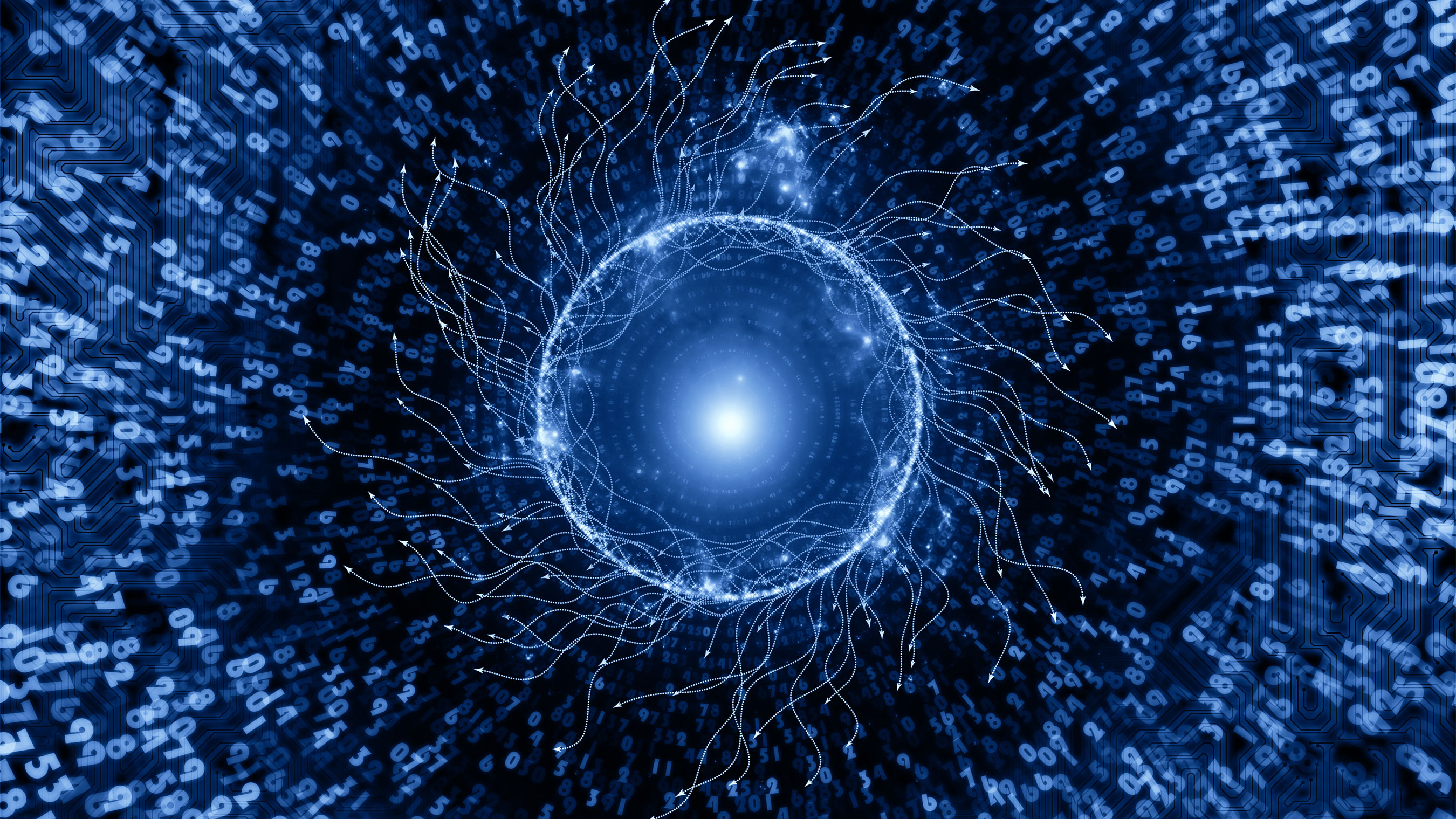Yes. Do spiders need to be taught by some external actor how to spin webs? Or what webs even are? No, they just do it.
No they don't. They are following a script written by a human
Have you ever seen a computer spontaneously do something that it was not programmed to do?
I've seen programs that evolved art - pictures or music. There are Generative Adversarial Networks that can produce photo-realistic images of people that have never existed, after having learned what people look like.
There was a program that evolved FPGA circuit patterns that eventually produced a design that worked, but seemed to use an impossibly small design. There were parts that weren't even connected, but removing them kept the circuit from working! It turned out that it was using the effect of interference - electricity in one wire creating a radio wave that was picked up by another when they're close together - to send signals from one block to another, in a strange, alien design. Human engineers as a matter of principle design their circuits to avoid this type of interference; the evolving program used it to its advantage instead.
In another case, an AI hid information to "cheat" at identifying pictures....
A machine learning agent intended to transform aerial images into street maps and back was found to be cheating by hiding information it would need later in “a nearly imperceptible, high-frequency signal.” Clever girl!
Nobody had to teach me though. An AI cannot know what is "interesting" unless you specifically tell it what to look for.
Sure it can... just define the word "interesting". I think a good definition (if not a complete definition) would be "something significantly different than anything seen before". In that case, it's rather easy to create an AI that identifies interesting things. In fact, we have many today that automate anomaly detection in data.


Comment